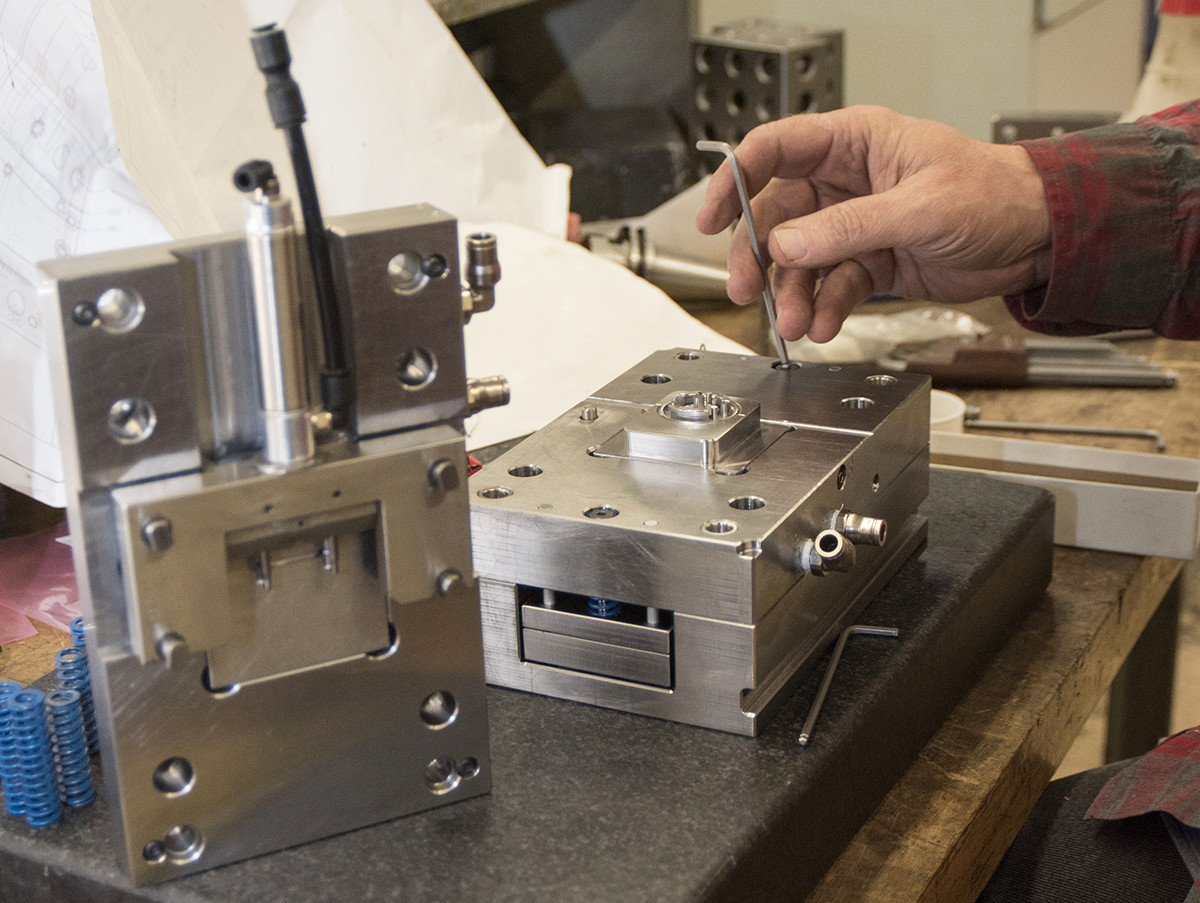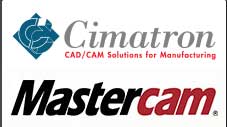As a custom plastic part evolves from a concept to reality, it may pass through multiple design stages. A 2D drawing provides the basis for creating a 3D CAD rendering of the manufactured part. There may be very good reasons for considering prototype injection molding before mass production. Considerations will help you determine your prototyping requirements.
Real injection-molded prototypes can be a good option if you have parts with functional features that need very tight manufacturing tolerances, or if the appearance of your product is important.
Injection-molded prototypes vs. 3D-printed prototypes
Recent news has highlighted the use of 3D printers as a solution to many injection mold prototype applications.In many cases, real-world plastic injection molding is still the best option for prototyping. To determine which prototyping technique is right for you, it’s important to know the strengths of each.
3D printing can be used to help correct design errors and visualize the finished product. Prototype injection molding can provide valuable manufacturing knowledge and experience that can be used to prepare for mass production. The manufacturer can preview any future problems by testing the production material and the injection mold design.
Prototyping Prevents Hazardous Design Errors
Unseen design problems in a 3D or printed model may cause delays and increased production costs. You can avoid these mistakes by developing a prototype before you begin production.
Prototype Injection Molds vs Production Injection Molds
Injection molding is a very broad industry, and there are many cliches for the names of plastic injection molds. These assumptions and names of mold categories are not only false and incorrect, but also confuse engineers as well as buyers of custom-molded parts. The most common misconception in our industry is the idea that there’s a distinct difference between a prototyping injection mold and a manufacturing injection mold. This is not true and we will explain why by presenting you with some of the most commonly used types of molds, along with their real story:
Rapid prototype injection molds
This category of molds is significantly less expensive than the traditional injection tooling. Most of the time, this cost assumption is true. Any mold made using “rapid prototypes” is likely to be 3D-printed, and 3D-printed molds offer a limited set of benefits. They are a quick and cost-effective method to test out a design, but they should only be used in very low quantities. A prototype injection molding made of aluminum is usually a better option for the same price.
Production Injection Molds
Beware of “production inject molds”. The injection molding industry’s engineers and buyers blindly insist that production injection molds are made of steel. Most injection molding companies assume that production injection molds are made of steel. The metal used to make a production mold is not the right way to differentiate between a prototype and a production mold. The design and construction of a production injection mold must be geared towards achieving the highest possible quality, fastest cycle times and longest tooling lifespan, regardless of the metal used.
Aluminum Molds For Prototype Or Production!
It is a common belief that any aluminum-made plastic injection mold should be considered as a prototype tool with a limited life. This is not true. It is incorrect. Customers ask us, “Can you make an aluminum mold prototype for me?” We answer, “sure, we can make an aluminum mold prototype for you or we can also build you an aluminum production mold.” But the metal type used to build the mold is not what determines whether it is a prototype or production mold.It is the design of the mold that makes a difference between a prototyping aluminum mold and production aluminum mold. The mold will only be used for prototypes if it is designed to have a single cavity. It can be designed to have one or more cavities, and with all the features needed for mass production.
Prototype Injection Mold Designs
Design features for a prototype mold should represent the design intent of an upcoming production mold while staying within budget. Designers and engineers can identify any manufacturing challenges by using the intended gate type and location, as well as other important tooling features. Be careful when using 3D printing technologies to construct prototype injection molds. The 3D-printed prototype molds do not represent the actual conditions of production injection molding.
The prototype should:
- Include the desired gate type and the location on the part.
- Molds should be made of materials that allow for the testing of mold temperatures.
- You will be able to meet the intended production cycle time.
Prototyping plastic parts has many benefits
Rapid prototype injection molding has become a popular method for engineers and designers to confirm the quality of parts. It also allows them to test real-life components on the market before finalizing designs. Rapid prototype injection molding can be used to finalize your tooling design for long-term production runs, in addition to structural verification and design validation. Rapid injection molding is a great tool for buyers who have strict requirements on appearance and functionality. This can be done early during the product launch phase. Contact Preferred Mold to get a rapid prototype injection mold quote before you invest in production tooling. Prototype plastic parts can also be made before the full-scale manufacturing process begins.
- Rapider and more reliable product launch: Many products fail for many reasons. These include miscalculations of costs and prices, lack of testing on the market, and worst of them all, failures of the product. Rapid prototyping can help reduce these obstacles before a launch.
- Improved Product Appearance & Functionality: Products that are judged on the basis of engineering drawings or visualizations often do not impress when they are produced in reality. You can also test a prototype for both functionality and appearance.
- Prototypes can help speed up the design process. When you have a plastic prototype in your hands, you can convince stakeholders of its marketability.
- Tooling costs are reduced: Manufacturers who don’t prototyping often need to redo their production tools. Rapid prototype injection molding allows you to identify and solve any problems before making expensive production molds.


